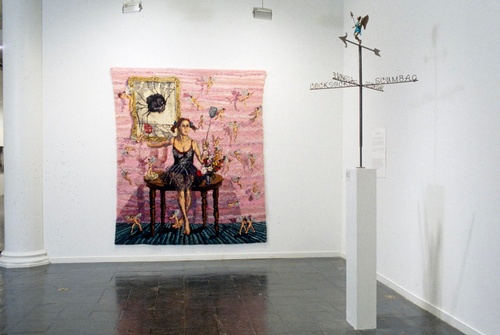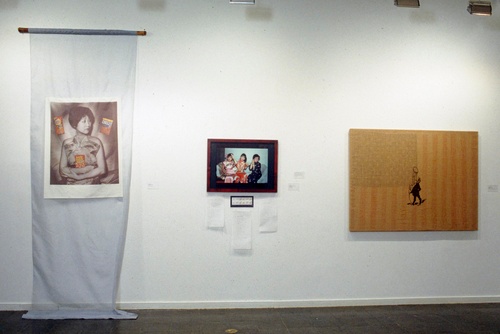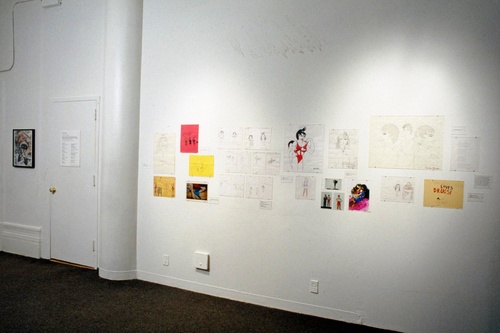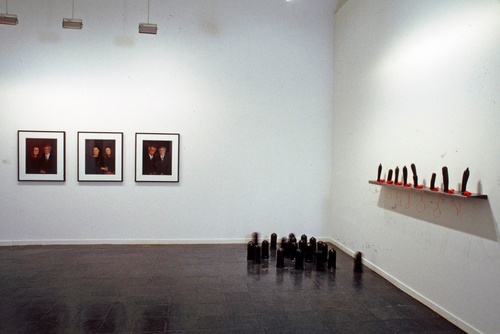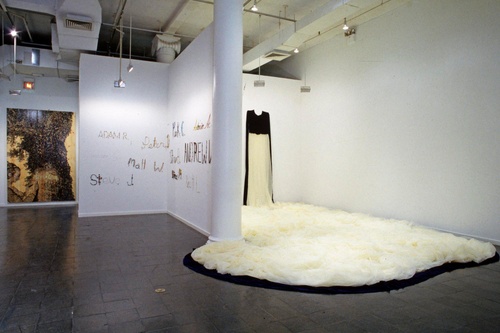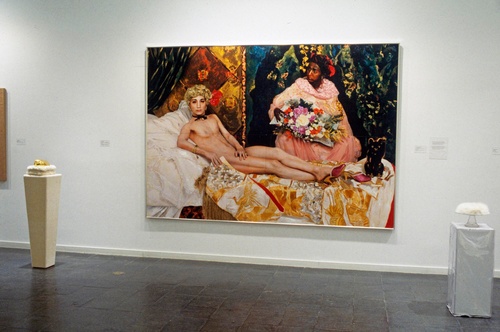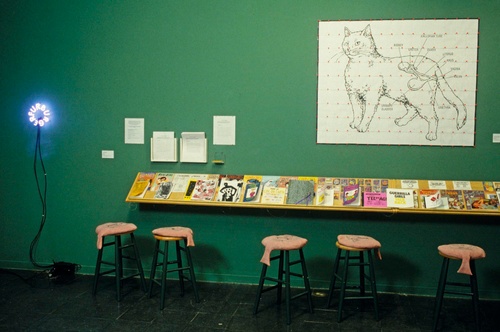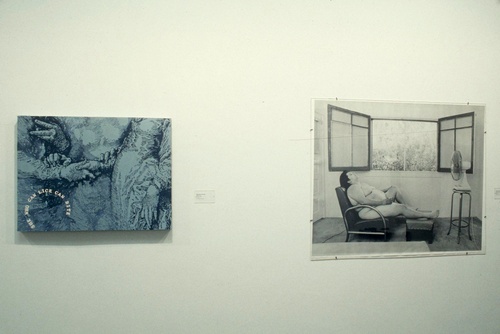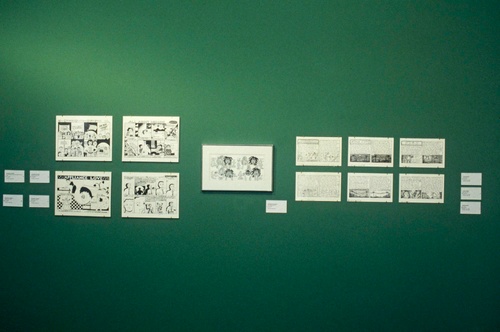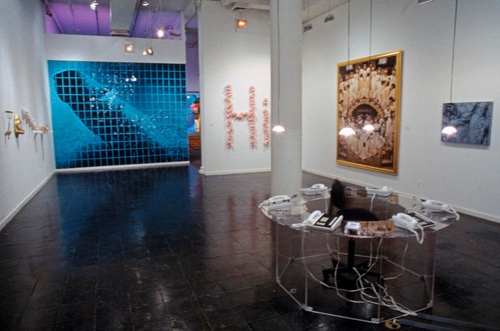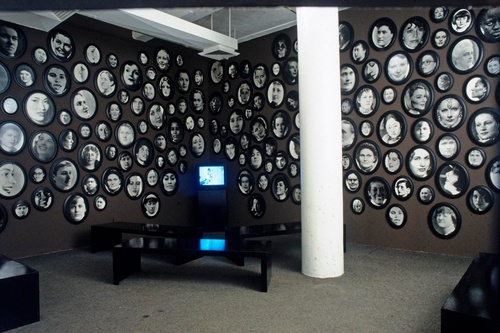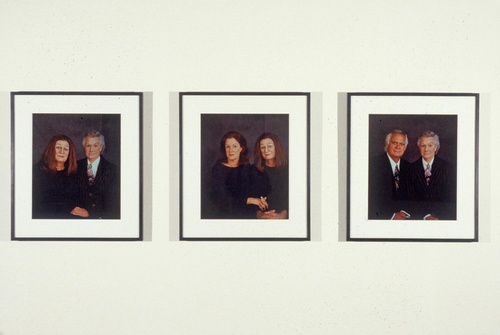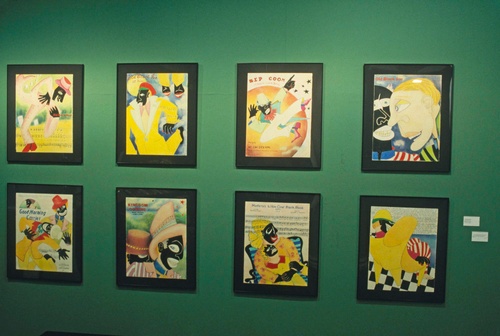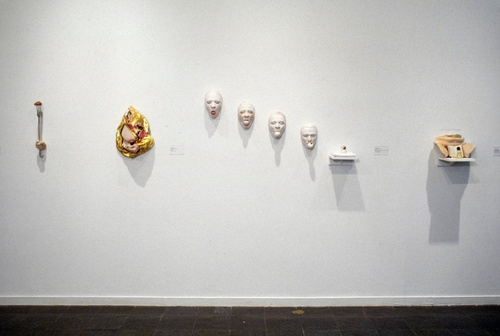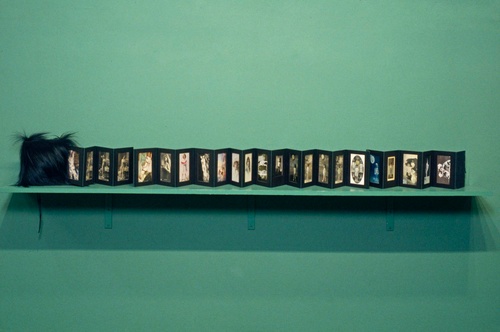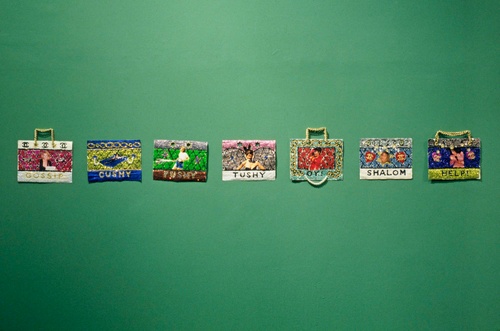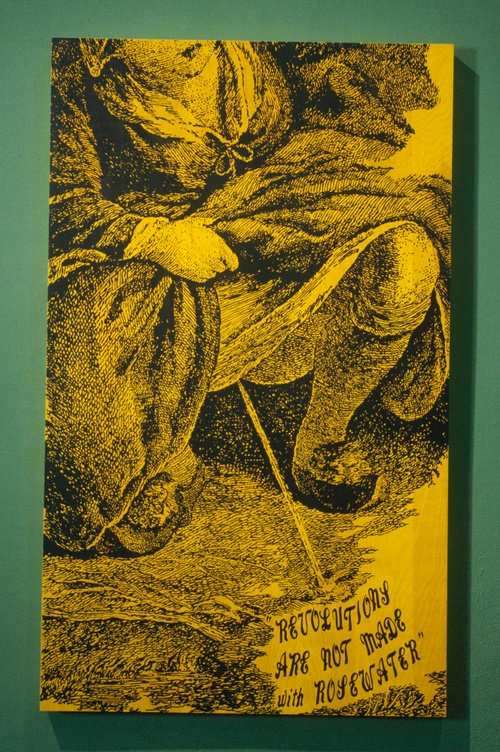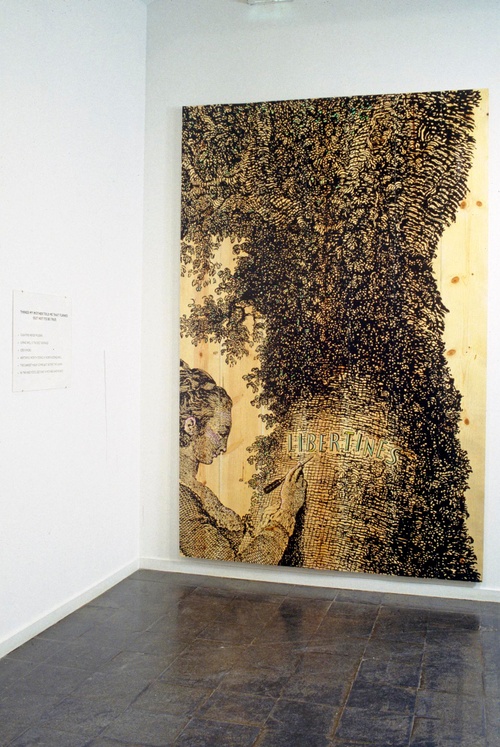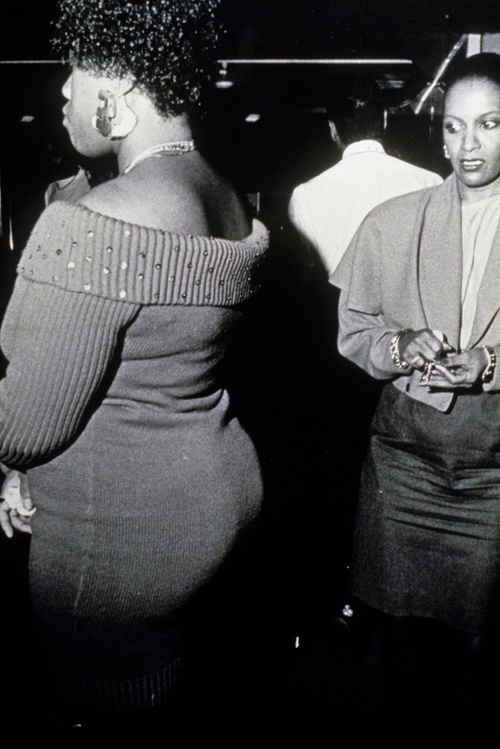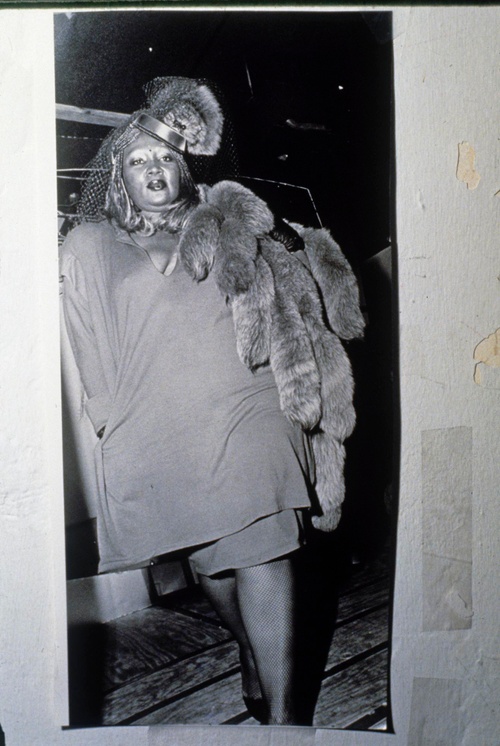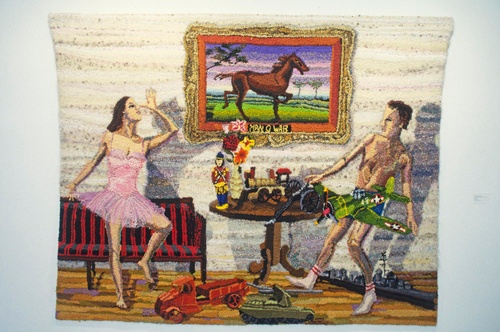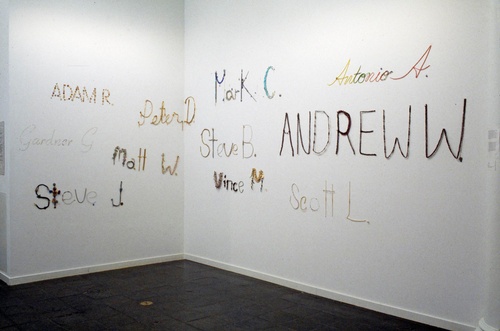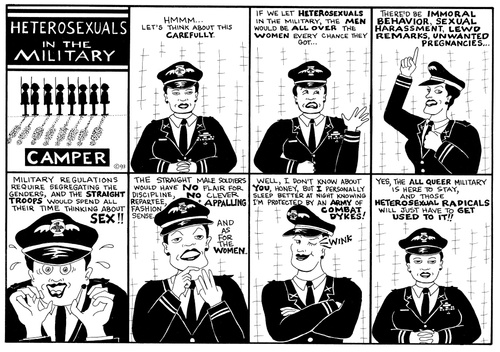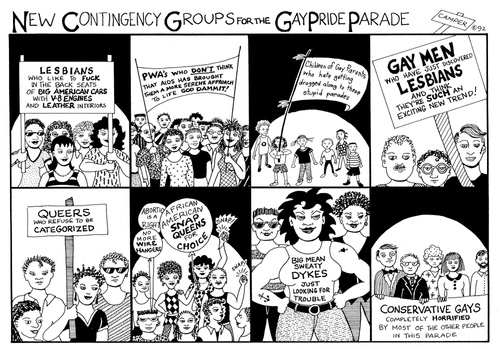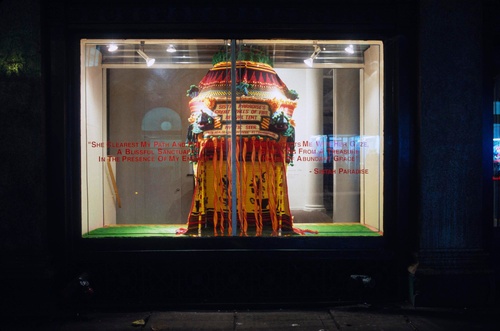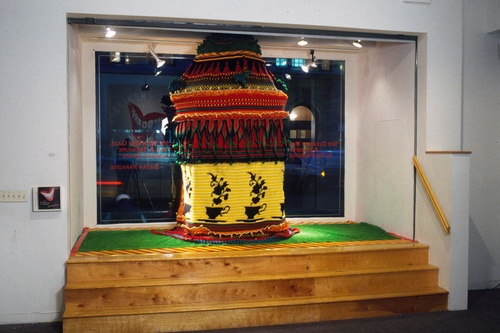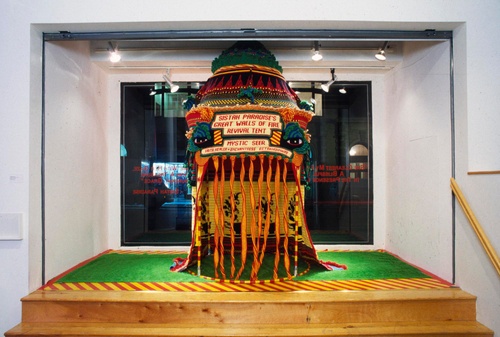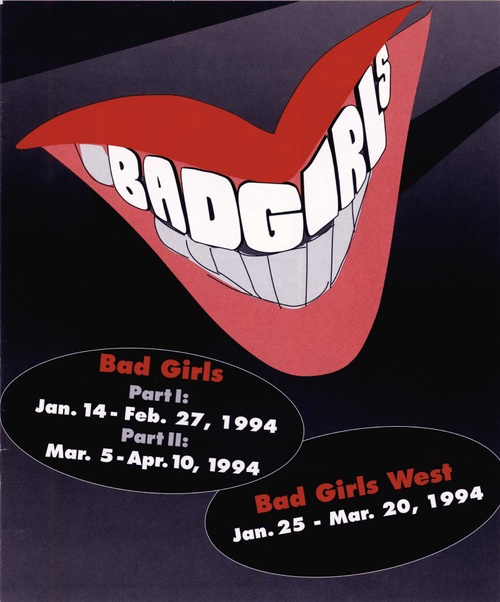Bad Girls (Part II)
Bad Girls (Part II)
Between January 14 and April 10, 1994 the New Museum presented the two part exhibition “Bad Girls.” Organized by Marcia Tucker, “Bad Girls Part I” ran from January 14 to February 27, 1994, while “Bad Girls Part II” ran from March 5 to April 10, 1994. Each exhibition featured a video program organized by guest curator Cheryl Dunye. An independent sister exhibition titled “Bad Girls West” was organized by guest curator Marcia Tanner and ran concurrently at the UCLA Wight Gallery in Los Angeles from January 25 to March 20, 1994.
“'Bad Girls’ had its genesis, for me, in an ongoing engagement with feminism, starting way back in 1968 when the Women’s Movement hit New York, In recent years I began to see the work of an increasing number of artist who were dealing with feminists issues in new and refreshing ways, and the idea for an exhibition gathered momentum. The work that particularly fascinated me and pushed me to rethink a lot of old issues had two characteristics in common. It was funny, really funny, and it went ‘too far.’
Word of the exhibition has provoked three main questions about it. The first and perhaps most difficult question I’ve been asked is , ‘Is this a feminist show?’ Rumors of feminism’s death in the mainstream press have been greatly exaggerated, I’m happy to say. My impression is that for the vast majority of younger women in the arts, feminist issues are paramount; look at the tremendous growth and energy of WAC (the Women’s Action Coalition), which began less than two years ago, or the continuous vitality and contentiousness of The Guerrilla Girls. Nonetheless, there are wildly differing ideas bout what feminism is today, and it’s difficult to arrive at any single definition of it, so much that ‘feminisms’ has become a descriptive term. What’s more, some women who refuse the term categorically have attitudes, ideas and behavior that I would call entirely feminist, while others who describe themselves as such don’t behave as if they are. As for the artists in the show, I haven’t stipulated that they call themselves feminists; I’m sure there are some who do and some who don’t, all for very different reasons.
But finally, I want to frame Bad Girls through my own concerns and a lifelong engagement with feminism; this doesn’t mean, though that this is the only way of presenting some of the issues raised by the exhibition, nor is it the only way of seeing them.
The second question is, ‘Just what do you mean by “Bad Girls”?’… In the visual arts, increasing numbers of women artists, photographers, cartoonists, performers, video and filmmakers are defying the conventions and proprieties of traditional femininity to define themselves according to their own terms, their own pleasures, their own interests, in their own way, But they’re doing it by using a delicious and outrageous sense of humor to make sure not only that everyone gets it, but to really give it to them as well. That’s what we mean by ‘bad girls.’
The third question people ask is: ‘Why did you include men in the show?’ Besides wanting to transgress the usual premise for an exhibition about feminist issues—that it contains only the work of women—we’re not interested in reinforcing a separate category of ‘women’s art,’ nor do we insist on women’s concerns being inherently different from those of men, no matter how fed up with some of the latter we might be. But there are difficulties in including the work of men in this kind of exhibition, which is why there are so few of them in it. One of the artists, Cary Leibowitz, even pointed out that nowadays most men who are making art about gender issues are really trying to be good boys rather than bad girls. From my own perspective, the historic battle for women’s rights hadn’t become any easier, although it has evolved in more complex ways, but it seems counterproductive to turn away willing soldiers because of their gender, much less their age, race or class. They might have a different fighting style, but so what?
The history of the artist as ’bad girl’ is a long and—for women, at least—venerable one, but these foremothers weren’t described as ‘bad’ until quite recently; they were just ignored. Their legacy, however, is clearly present in the work in this exhibition, as Marcia Tanner eloquently demonstrates in her catalogue essay. Nonetheless, neither of us would have attempted to make this a historical exhibition, even had we been able to do so with the vast amount of ground to be covered. Instead, we’ve tries to provide viewers with an idea of the current scope and breadth of this kind of work—a kind of Whitman’s Art Sampler—in the hope that the exhibition will open out onto this vast terrain, rather than close it off by trying to be definitive. And because so much of this artistic activity is inseparable from and informed by popular culture, I’ve included music, television, cartoons and comic books, fictional and other writing, and the work of children in the New York show. “
-Marcia Tucker, from the exhibition catalogue
